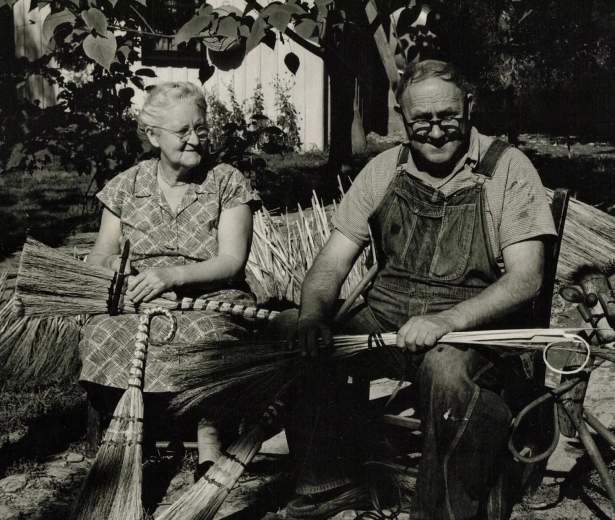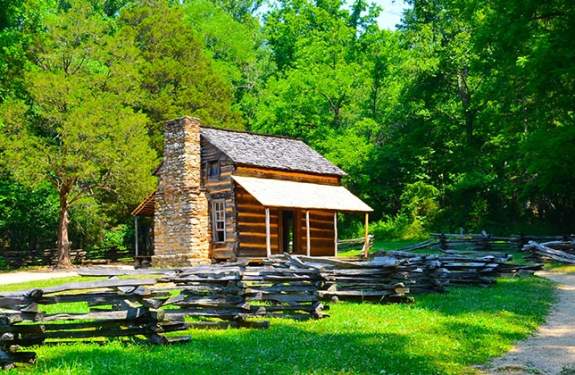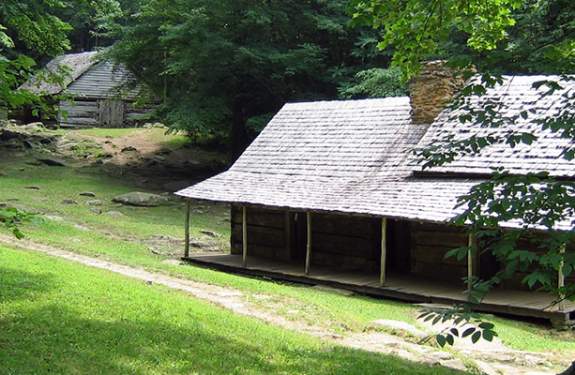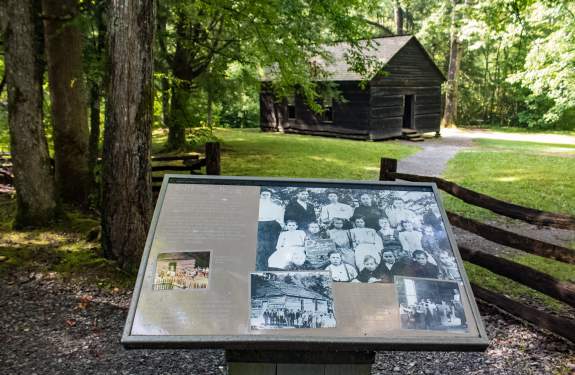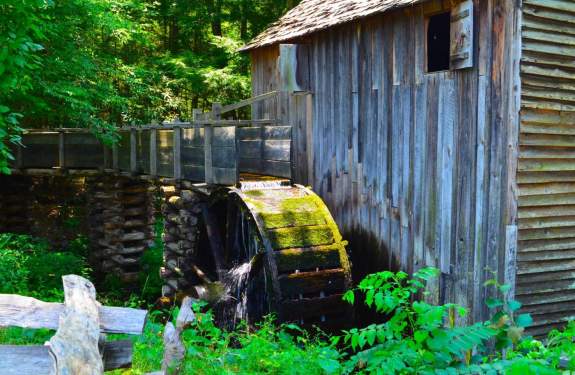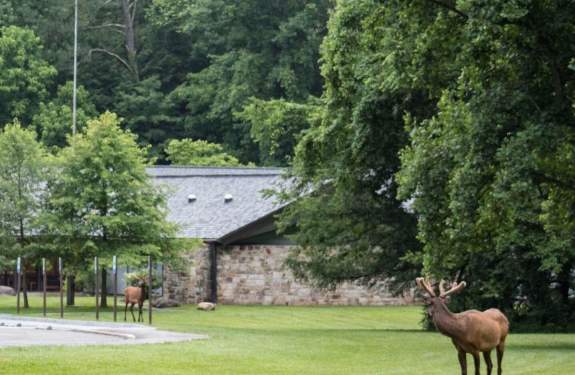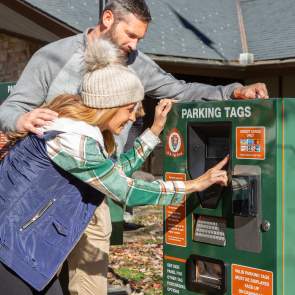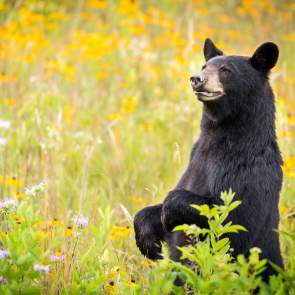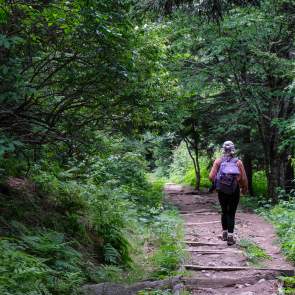History of the Great Smoky Mountains
It's the most visited National Park in the United States. It's so big that scientists are still discovering some of the plant and animal species that live there. The park is home to more than 1,500 bears, so keep your eyes open when hiking the Smoky Mountain trails. Nothing beats seeing a bear in the park, and there are plenty of other breathtaking sights here in the Smoky Mountains, including waterfalls, winding valleys and century-old architecture.
Gatlinburg Historical Sites
Who were some of the first settlers in the region? What did the first Smoky Mountain cabins look like? What was it like to go to school in 1800s Appalachia? Learn all there is to know about Gatlinburg and the Smokies at these eastern Tennessee historical sites. History and culture lessons abound in the old homesteads, mills and schoolhouses that remain in the Smoky Mountains.
Cades Cove Oldest Cabin John Oliver Cabin
John and Lucretia Oliver were the first settlers in Cades Cove, and they almost didn’t make it through the first winter. They ate dried pumpkin given to them by the Cherokee and ground their corn into meal with a mortar and pestle… and they survived. Take a short walk off the main loop at Cades...
Who says they didn't have plumbing? Noah "Bud" Ogle Homestead
If you take a drive along the Roaring Fork Motor Nature Trail or are hiking to Rainbow Falls, stop here first. The cabin, barn and working tub mill have all been restored and preserved. One look at the Ogles’ handcrafted wooden flume plumbing system will make you think twice before you complain...
They really did walk nine miles to school in the snow. The Little Greenbrier School
On your way from Gatlinburg to Cades Cove, stop here and take a trip back to school in the 1800s. Families sent their kids here for more than 50 years, mostly in winter when there was less farming to be done. Greenbrier is now a ghost town, and there’s a cemetery across the street. This classic...
The daily grind in the late 1800s John Cable's Mill and Mingus Mill
There are still four working mills in the Smokies. Two are little tub mills, like the one at Noah “Bud” Ogle’s homestead. John Cable’s mill, a classic, waterwheel-powered mill, is a must-see during a day trip to Cades Cove. Mingus mill, a half-mile from the Ocanaluftee Visitor Center, uses a...
A great first stop on your way into the Park Sugarlands Visitor Center
Just two miles from Gatlinburg, the Sugarland Visitor Center is next to Park Headquarters. The Visitor Center features tons of information, exhibits and books. Forget your hat? Grab an official Smokies ballcap, pick up a map, and take a stroll on the Sugarlands Nature Trail to the John Ownby cabin,...
